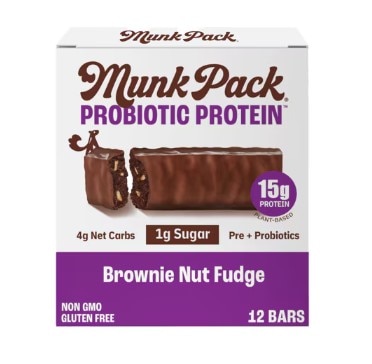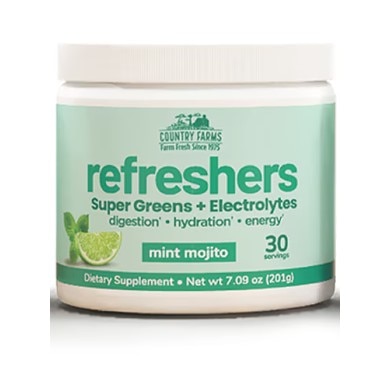Pilates is one of the most popular forms of exercise. It can help strengthen the core, increase flexibility, build mind-body awareness and improve muscular endurance.
That said, Pilates is also one of the most intimidating forms of exercise for beginners because not only do many of the Pilates movements sound challenging, but we often picture Pilates classes and Pilates workouts involving complicated contraptions with scary straps and sliding platforms that contort the body into unfamiliar (and likely uncomfortable!) positions.
However, this “complicated contraption,” which is called a Pilates reformer, is not required for Pilates workouts. In fact, there’s a large sector of Pilates that uses little to no equipment other than a yoga mat.
Enter mat Pilates.
Mat Pilates is a great option for beginners as well as those looking to do at-home Pilates workouts. Even advanced athletes can reap the benefits of mat Pilates workouts.
Below, we’ve put together an introductory guide to mat Pilates for beginners looking to incorporate a new type of strengthening workout into their routine.
What is Mat Pilates?
Before we look at the specifics of what is involved in a mat Pilates class or workout, let’s zoom out and touch upon Pilates as a form of exercise. It focuses on making precise, deliberate movements to strengthen muscles, increase flexibility and improve body alignment.
Pilates is the brainchild of German-born Joseph Pilates who wanted to develop a form of exercise or fitness training that could help rehabilitate injured soldiers after observing the deleterious effects of battle injuries on the function and health of World War 1 soldiers.
In 1923, Joseph Pilates moved from Germany to New York City, where he opened the first Pilates studio. He originally called his fitness and training method “Controlology” and designed it to include strengthening and stretching, based on the guiding principle that “it is the mind itself which builds the body.”
Today, we can see how the early roots of Pilates, focusing on harnessing the mind-body connection, have been maintained in the modern practice of Pilates.
That said, there are six core principles in Pilates
- Centering
- Concentration
- Control
- Precision
- Breathing
- Flow
There is also a newer principle that’s been added to these tenets: proper alignment.
Mat pilates involves performing Pilates movements on a yoga mat (or without the use of a reformer). Some of the exercises involve sitting or lying on the mat, while others take place standing.
7 Benefits of Mat Pilates
As with any form of physical activity, there are many benefits to mat Pilates. Here are some of the key benefits of Pilates:
1. Strengthens
Mat Pilates is a great way to strengthen the core (and all muscles), which helps provide trunk support, improves breathing mechanics and gives your lower body and pelvis a stable foundation.
2. Improves posture
Pilates can improve posture, perhaps by increasing core strength and enhancing the mind-body connection, allowing you to have better body positioning and posture while both sitting and standing.
3. Improves cardiovascular fitness
Despite being a relatively low-intensity workout compared to activities like running and cycling, studies suggest that Pilates can improve cardiovascular fitness.
4. Improves balance
Mat Pilates is a great form of exercise to improve balance and reduce the risk of falls, especially in elderly individuals.
5. Great for runners
Pilates may improve running economy and running performance.
4. Improves quality of life
Evidence has found that Pilates may improve quality of life, mainly by decreasing symptoms of depression and alleviating back pain. In fact, research reviews have revealed that Pilates may be more effective than other similar forms of exercise at reducing lower back pain. Speaking of having a better life, Pilates has been shown to improve the quality of sleep, motivation levels and cognitive function.
5. For athletes of all fitness levels
Pilates can be beneficial for people of all fitness levels, from beginners to competitive athletes as well as those working to recover from injuries.
6. Helps to decrease risk of injury
Studies suggest that Pilates may decrease the risk of sports-related injuries, helping you remain active more consistently. This may be partially due to the fact that Pilates training can enhance proprioception, or your awareness of your body in space.
7. Better flexibility & mobility
Mat Pilates workouts can improve both flexibility and mobility. Flexibility refers to the amount of passive stretch or extensibility your muscles and connective tissues can tolerate, while mobility refers to the amount of functional movement you have around a joint.
How to Perform Mat Pilates
Perhaps one of the best things about mat Pilates is that it requires virtually no equipment, making it a great at-home workout and accessible for beginners. While a good non-slip yoga mat is ideal, you can also practice with a towel or on a rug.
Optional equipment
Some of the more advanced mat Pilates exercises do utilize additional equipment such as resistance bands, small, weighted balls, large, inflated stability balls, a Pilates ring (a specialized piece of Pilates equipment that is a compressible circle generally squeezed between the thighs), ankle weights or other small weights.
These accessories typically add resistance to make Pilates exercises more challenging to help build muscle and increase strength. Most can be purchased inexpensively online or at a local store with a sporting goods section, and nearly all gyms will have most, if not all, of these Pilates accessories.
The majority of people practice Pilates either barefoot or with grippy socks. These socks help prevent slipping on your yoga mat while improving hygiene instead of practicing Pilates in bare feet.
Be sure to use a good, natural antibacterial cleaner on your yoga mat, even if you use Pilates socks.
What to wear
Most people wear form-fitting clothing for Pilates, such as leggings or compression shorts, with either a comfortable, loose top or a form-fitting workout top.
Of course, there are no rules as to what you need to wear for a Pilates class or during a Pilates workout, so just find some workout clothes that are comfortable for you.
How to get started
In terms of getting started with mat Pilates workouts, it is highly recommended that beginners take an introductory class or work with an experienced Pilates instructor before doing workouts on their own. This helps ensure that you are performing the exercises with proper form and technique.
There are also online Pilates classes that you can stream on demand, but again, these are often best reserved for individuals who already have some familiarity with Pilates exercises.




